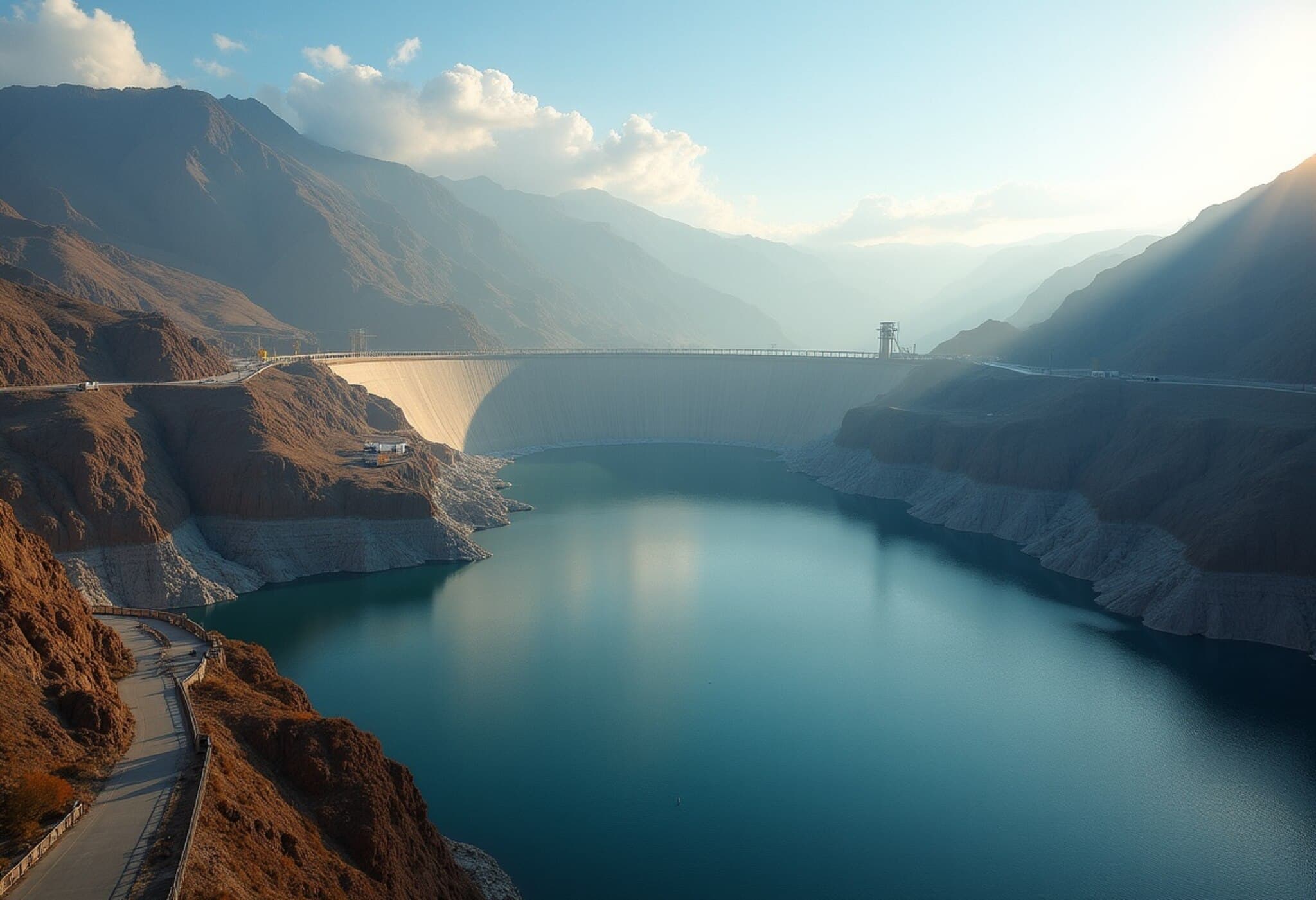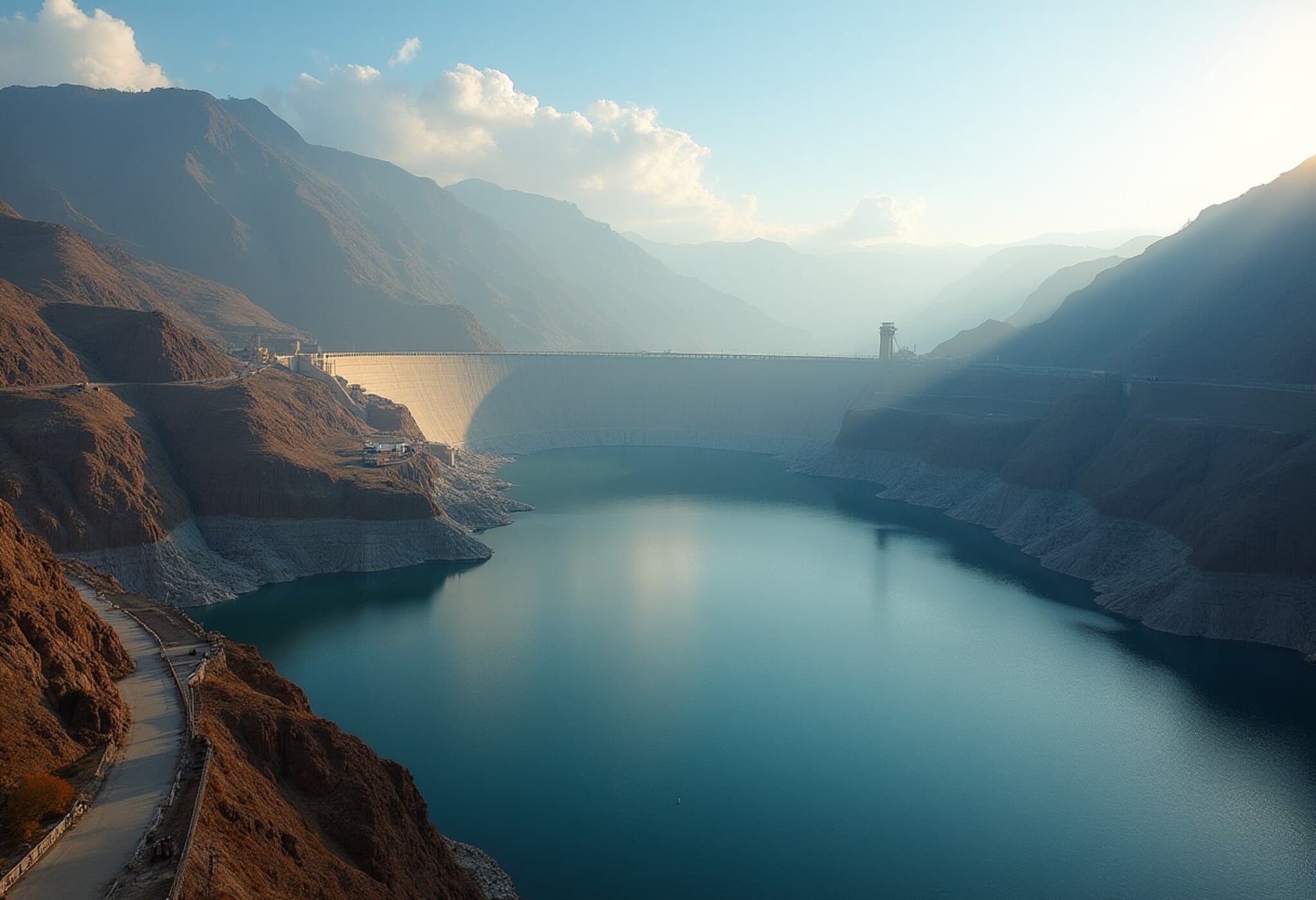China Commences Construction of Massive Hydropower Project on Brahmaputra River
In a landmark development with far-reaching geopolitical and environmental implications, China has officially begun the construction of what is projected to be the world’s largest hydropower dam over the Brahmaputra River, locally called the Yarlung Zangbo, in Tibet’s Nyingchi City. Premier Li Qiang marked the occasion with a ground-breaking ceremony at the site of the Mainling hydropower station in the Tibet Autonomous Region, according to state-run Xinhua News Agency.
Scale and Ambitions of the Project
This colossal infrastructure endeavor, estimated at a staggering USD 167.8 billion (approximately 1.2 trillion Yuan), is set to include five cascade hydropower stations along the river’s lower reaches. The scale of the project ranks it as the biggest in the world, underscoring China’s ambition to massively expand its hydropower capacity and energy exports.
Experts highlight that the new hydropower station is expected to produce over 300 billion kWh of electricity annually, a volume sufficient to power more than 300 million people each year. While the project will meet growing energy demands within the Tibet Autonomous Region (referred to by China as Xizang), a significant portion of the power generated is intended for external consumption, reflecting the strategic economic objectives of the Chinese government.
Geopolitical and Environmental Concerns
The Brahmaputra is a transboundary river flowing downstream into India’s Arunachal Pradesh and further into Bangladesh, where millions depend on its waters for agriculture, fisheries, and daily life. The commencement of the dam project has stirred apprehensions among downstream nations about potential impacts on water availability, seasonal flows, and ecological balance.
India, in particular, has expressed concerns about unilateral infrastructure projects along shared rivers without comprehensive information exchange or collaborative management mechanisms. The lack of transparent communication could exacerbate existing tensions regarding water rights and border sensitivities in this strategically important Himalayan frontier.
Broader Strategic Context
China’s investment in the Brahmaputra hydropower project fits into a broader national strategy emphasizing renewable energy expansion and increased control over transboundary water sources. Hydropower is pivotal to China’s plan to reduce carbon emissions and transition from coal, but the environmental costs and diplomatic strains that arise from such mega-dams present complex challenges.
Furthermore, this project may alter hydrological patterns in the Brahmaputra basin, which experts caution could jeopardize downstream agricultural productivity and biodiversity. It raises critical questions about the balance between energy development, ecological preservation, and regional water diplomacy in one of Asia’s most sensitive river systems.
What Lies Ahead for India and Bangladesh?
- Calls for Transparency: Indian and Bangladeshi officials are expected to push for greater data sharing and joint monitoring to understand the dam’s operational impacts.
- Diplomatic Engagement: This development could be a catalyst for renewed dialogues under regional frameworks like the Brahmaputra Board or the South Asia Co-operative Environment Programme.
- Environmental Assessments: Independent scientific studies will be key to identifying mitigation strategies to minimize downstream disruptions.
Expert Analysis
Hydrology and regional security specialists warn that mega dam projects like this can be double-edged swords. While they contribute substantially to green energy goals, the geopolitical sensitivity of transboundary rivers requires that riparian countries cooperatively manage resources to prevent escalation of conflicts.
Dr. Anil Malhotra, a South Asia water policy expert, notes, "China’s move to build the world’s largest dam on the Brahmaputra carries enormous strategic weight. The downstream nations must seek a balanced approach that safeguards their water security while acknowledging China’s legitimate development aspirations. Without trust and transparency, this project risks deepening mistrust in an already tense region."
Conclusion
The initiation of China’s Brahmaputra dam project marks a significant moment in the geopolitics of South Asia’s water resources. Beyond its scale and technical ambition, it underscores the critical need for enhanced transnational dialogue, integrated river basin management, and environmental stewardship to ensure that the waters of this mighty river remain a source of life, not discord.
Editor's Note
As China advances with this unprecedented hydropower project, the world must watch closely how regional stakeholders—India, Bangladesh, and China—navigate the complex web of environmental sustainability, energy demands, and diplomatic relations. The Brahmaputra’s future flows will shape the livelihoods of hundreds of millions, making cooperation over confrontation paramount. This development invites reflection on the broader imperatives of sharing natural resources with foresight and empathy.



















